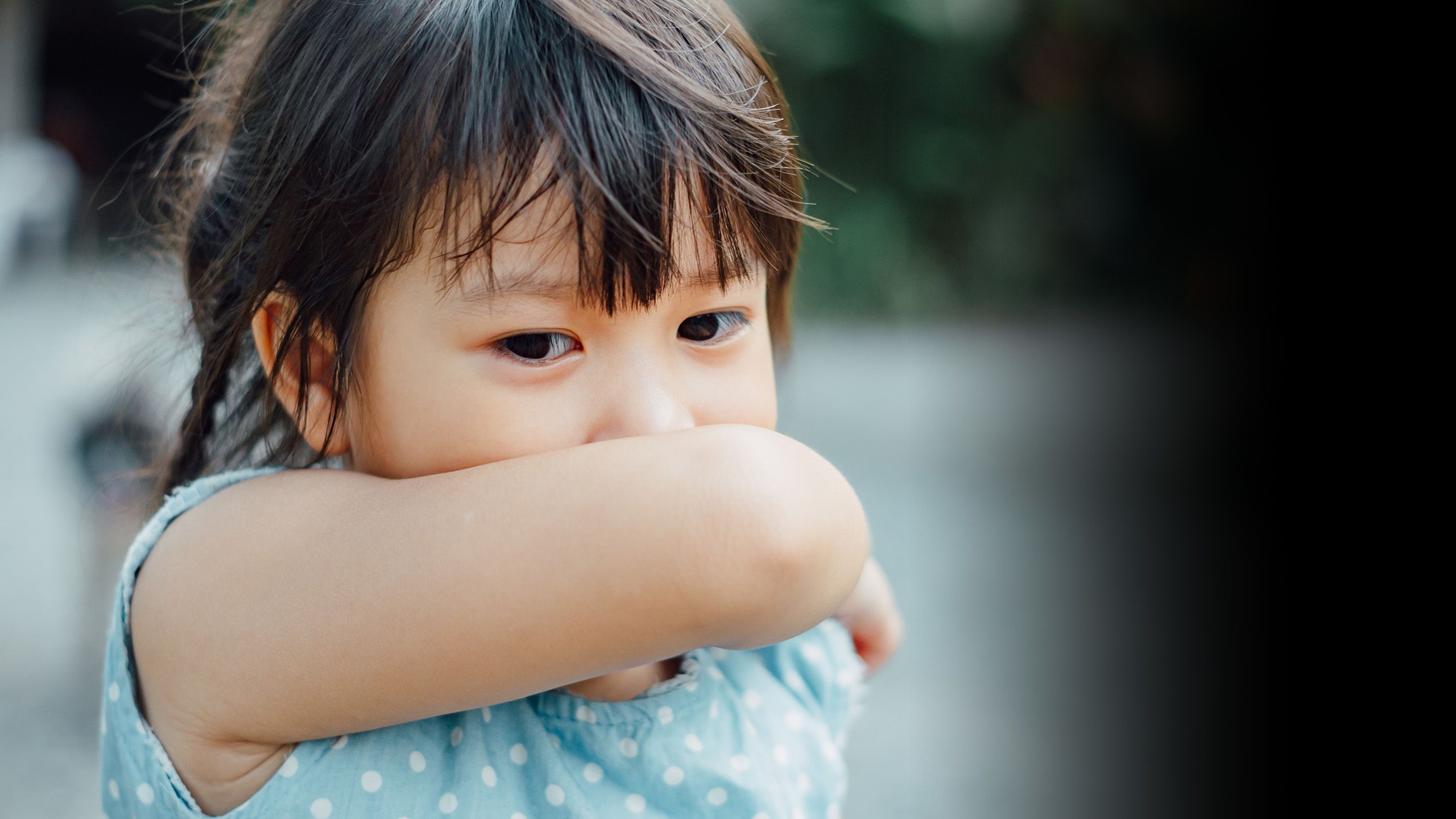The Rise of RSV
Rutgers School of Nursing–Camden professor and pediatric nurse practitioner offers advice on respiratory syncytial virus (RSV) ahead of a record-breaking season

Still reeling from the impact of COVID-19 and with flu season underway, hospitals across the United States now face a third threat: an unprecedented surge in respiratory syncytial virus, or RSV. With nearly 75% of the country’s estimated 40,000 pediatric beds filled with patients, Katherine Prihoda, a pediatric nurse practitioner and clinical associate professor at the School of Nursing–Camden, said the current RSV season is slated to be one of the worst on record.
“As an advanced practice nurse in pediatrics, I have seen many patients with RSV over the past few weeks. Some patients had to be admitted to the local hospital for IV therapy, respiratory support, and careful monitoring. What is concerning is that we still have five months left of RSV season.”

Dr. Katherine Prihoda, a pediatric nurse practitioner and clinical associate professor at the School of Nursing–Camden
Dr. Katherine Prihoda, a pediatric nurse practitioner and clinical associate professor at the School of Nursing–Camden
RSV is a highly contagious respiratory virus caused by bronchiolitis (inflammation of the small airways in the lung) and spread through fluid from an infected person’s nose or mouth, Prihoda said. While everyone can get RSV, infants, children younger than 2, and older adults—whose immune systems are fragile—are most at risk of severe illness. Infants and toddlers can struggle to clear the buildup of mucus within their tiny airways, which can lead to breathing problems and complications like pneumonia, asthma, and ear infections.
Pandemic protocols such as social distancing, hand washing, and masking, while important for containing the spread of COVID-19, also limited exposure to other viruses, Prihoda said. Historically, most children have an RSV infection by the time they are two years of age. Children born after March 2020—who have spent much of their lifetime in isolation—may be encountering it for the first time. While normally the virus peaks from late December to mid-February, the collective lack of immunity, combined with an uptick in indoor gatherings, has created the “perfect storm” for RSV season to thrive, she added.
“We have a highly vulnerable population of babies and children who were isolated from common viruses during the pandemic lockdowns. Immune systems might not be as able to fight the virus after more than two years of masking and isolation,” Prihoda said. “For babies, their mothers may not have been infected with RSV during pregnancy, which could have given the children some immunity.”
Early RSV symptoms like runny nose and cough mimic the common cold. As the disease progresses, infants and toddlers become less active, more irritable, and experience long pauses in their breathing patterns, Prihoda said. If a child is not eating well and their cough increases, she recommends they be evaluated by a healthcare professional who can listen to their lungs and assess signs and symptoms of distress.
Clinical presentation of RSV is very similar to that of influenza and COVID-19 (save for the loss of taste or smell), complicating diagnostic procedures. Moreover, Prihoda added, it is possible for a person to be infected with multiple viruses at the same time. As this “tridemic” of RSV, COVID-19, and the flu takes shape, hospitals are already brainstorming ways to expand and serve more patients. While Prihoda anticipates cases will continue to spike through the winter, she believes numbers will eventually level out as more people get infected and rebuild their immunity. In the meantime, she recommends that those eligible receive their flu vaccine, COVID-19 vaccine, and boosters as soon as possible.

Courtesy of the CDC
Courtesy of the CDC
“While there is no vaccine for RSV, there are flu shots and COVID boosters, which could decrease the incidence of two of the three viruses we face. Following CDC guidelines will also impact the spread of these illnesses,” Prihoda said. “I believe much was learned from the COVID pandemic so medical facilities can respond more effectively to this triple threat.”
Four RSV vaccines, all nearing the final phase of human trials, hold promise that an intervention for RSV is within reach. Until this day comes, Prihoda said prevention is the best protection against this “stubborn” disease, which can survive for an extended time outside of the body. She recommends washing hands often, covering coughs and sneezes, regularly cleaning and disinfecting surfaces, and avoiding close contact with sick people. Because RSV can present mildly in healthy adults, she strongly suggests individuals keep their distance (especially around vulnerable people) at the first signs of illness.
“Everyone needs to continue to be cautious with instituting disease prevention protocols to control some of the spread,” Prihoda said. “We need to be vigilant with this illness.”

Creative Design: Karaamat Abdullah
Photographer: Ron Downes, Jr.